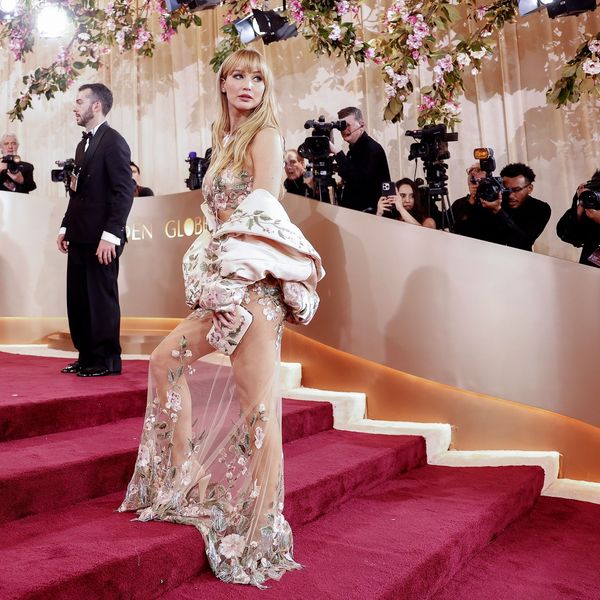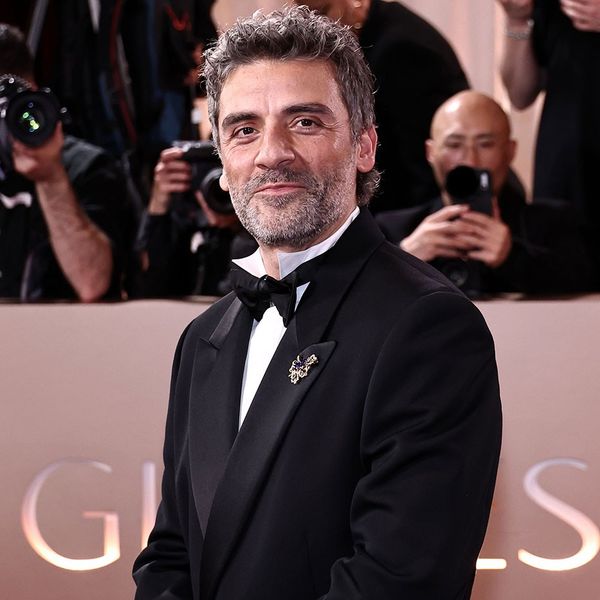
June 16, 2025
I grew up in the early aughts, back when wearing sunscreen wasn’t that big of a deal and when girls in my middle school would visit the tanning salon after school for hours-long sessions. In the last decade, there’s been a major vibe shift. In a 2021 study, researchers found that more middle schoolers and high schoolers were wearing sunscreen, and they credited this change, in part, to social media for amplifying the benefits of wearing sunscreen, like preventing signs of premature aging and skin cancer.
Not only did the Internet help get word out about the importance of wearing SPF, but it also introduced Westerners to Korean skin care. K-beauty, championed by Korean aestheticians, brands, and influencers, is centered around an intentional skincare routine with a strong focus on gentle and hydrating ingredients. Prevention is also a major tenet of K-beauty, so it comes as no surprise that sunscreen is key to the regimen.
After trying out—and loving—several Korean sunscreens, I noticed that they were, well, amazing. They didn’t feel chalky or leave my skin slick with oil; they were lightweight and easy to apply; and most of them had ingredients with hydrating, skin-tone evening, and smoothing benefits. It became obvious to me that Korean sunscreen was way better than any US sunscreen I’ve slathered on my face. But why?
To help solve this mystery, I reached out to Dr. Eunice Park, a dual board certified facial plastic and reconstructive surgeon and founder of Airem Modern Beauty Rituals, a clinical K-beauty medical aesthetic spa, and Dr. David Kim, a board-certified dermatologist at Idriss Dermatology in NYC.and founder of Lightsaver sun care products to answer all my questions.
Meet the dermatologist
David Kim, M.D. M.S. is a board-certified fellowship-trained cosmetic dermatologist at New York Dermatology Group in NYC. Dr. Kim received his Doctorate of Medicine (MD) from Stanford University and completed dermatology residency at the University of Southern California, where he served as a chief resident.
Korea has more innovative UV filters
Quick chemistry lesson. So sunscreen works by stopping two types of ultraviolet rays—UVA and UVB—from penetrating the skin. The ingredients that stop the ultraviolet rays are called filters, and there are two types: physical and chemical. Physical sunscreen (a.k.a. mineral) sit on top of the skin and block both UVA and UVB rays, and chemical sunscreen absorbs UVA/B rays. Unfortunately, in the US, many mineral sunscreens leave behind a white cast and a lot of chemical sunscreens can make your skin feel greasy. This is because the FDA hasn’t approved any new UV filters for some time—since 1999, to be exact, explains Dr. Kim. “In Europe and Korea, or the rest of Asia, sunscreen is considered a cosmetic product, so it's not as regulated,” he says. “But in the US it's considered a medication. So they want to make sure that it's safe and that all the testing has been done.”
Yes, it’s good that the FDA maintains rigorous safety measures, but sometimes it can feel like the US is falling behind the rest of the world when it comes to sunscreen. Right now, the FDA has approved 14 sunscreen filters. Brands in the European Union and Korean market have over 30 sunscreen filter options. These innovative filters means that Korean sunscreens have non-greasy and lightweight formulas that don’t make you look like Casper the Ghost.
A few months ago, Representative Alexandria Ocasio-Cortez shared a video on her Instagram asking her followers to contact their members of congress to push them toward creating a better approval process for sunscreen filters.
They’re not a pain to apply (or reapply)
Because Korean brands have access to the newest, most innovative UV filters, there’s a significant difference in how Korean sunscreens look and feel on the skin. They are lightweight, sit well underneath makeup, won’t leave behind a white cast, and won’t dry out your skin. “Those elements—texture, no cast—are great when you’re trying to get people to use sunscreen.
Because US sunscreens don’t perform at the same level, it can be annoying to wear or reapply SPF. “I see a lot of patients of color, and because they can’t find a sunscreen they like, they think they can skip sunscreen or that they don’t need it,” says Dr. Park. “But that’s not true. You can get UVA damage regardless of your skin tone—it’s not just about the burn.” In Korea, sunscreen is a part of the daily routine. “I feel like in the US, people will say, ‘Oh, don't forget to use sunscreen in addition to your skincare.’ " But it's so incorporated into the routine [in Korea] that it’s not a seasonal thing,” shares Dr. Park. Sunscreen isn’t only used when you go outside or to the beach, it’s for every day use in Korea, so the standards are higher. “That white cast that certain sunscreens can have would just not be acceptable in Korea,” explains Dr. Park.
For Dr. Kim, he sees patients with skin cancers all the time. “I realized that people just really don’t like wearing sunscreen in the US, and it’s largely because of texture and wear.” This drove him to develop Lightsaver, a tinted mineral sunscreen.
“I wanted to create a mineral sunscreen that had a lighter texture and felt fun to use,” he explains. “This one has a whipped texture, a sheer tint that blends in with a lot of different skin tones, and is formulated with good skincare ingredients, like photolyase, which helps repair past UV damage. So it's not just sunscreen for protection, it does more.”
That brings us to another great aspect of Korean sun care—the sunscreens are multi-taskers. They’re infused with nurturing ingredients to boost skin’s hydration, protect the skin barrier, and deeply moisturize.
They use both SPF and PA
“UVA rays go deeper into the skin and they’re responsible for premature aging, while UVB rays have more of an impact on the surface level, producing sunburns and leading to the formation of skin cancers,” says Dr. Park. When you see ‘SPF 30’ or ‘SPF 50’ on a bottle of sunscreen, that’s only measuring UVB rays.
PA ratings measure the protection grade of UVA rays by the number of plus signs that come after it. “So the PA rating takes into account the degree of UVA protection, in addition to UVB,” says Dr. Park. “This rating originally started in Japan, but is widely used throughout Asia and across Asian sunscreens.” Now, you’ll see newer sunscreens with both an SPF and a PA rating on the label. One plus sign equals some UVA protection; two equals a moderate amount of protection; three denotes a high quantity; four is extremely high.
What to Consider When Shopping for Sunscreen
The best sunscreen is the one you're going to wear everyday. So when shopping for your next holy-grail sunscreen, there are a few things to consider. Firstly, you'll want to select a sunscreen with SPF 30+ to ensure adequate protection from UVA and UVB rays. Next, consider your lifestyle. If you're someone who sweats a lot or is in the water a lot, make sure you are looking for a sunscreen that has sufficient waterproofing. If you wear makeup every day, consider a sunscreen that sits well under makeup. It's also important to understand your skin type and which ingredients work best on your skin. For example, if you have sensitive skin, try opting for a sunscreen without parabens as they can act as an irritant, or if you are acne prone, make sure you are looking for a product that is non-comedogenic.
Best Korean Sunscreens
You don’t have to book a flight to Seoul to buy Korean sunscreen. There’s several top-rated picks that are perfect for everyone, regardless of skin tone or type. To make things simple for you, we pulled together the best Korean sunscreen worth adding to your daily routine.
Our top Korean sunscreens
Best lightweight sunscreen: Isntree Hyaluronic Acid Watery Sun Gel SPF 50+ PA++++
Best overall sunscreen: Missha Safe Block Soft Finish Sun Milk SPF 50+
Best glowy sunscreen: Beauty of Joseon Relief Sun: Rice + Probiotics Facial Sunscreen SPF 50+ PA++
Best sunscreen stick: Tocobo Cotton Soft Sun Stick SPF50+ PA++++
Best viral sunscreen: Skin 1004 - Madagascar Centella Hyalu-Cica Water-Fit Sun Serum
Best sunscreen for dry skin: Dr. Ceracule Hyal Reyouth Moist Sun SPF 50+ PA++++
Best for normal skin: Innisfree Daily UV Defense Invisible Broad Spectrum SPF 36 Sunscreen
Isntree Hyaluronic Acid Watery Sun Gel SPF 50+ PA++++
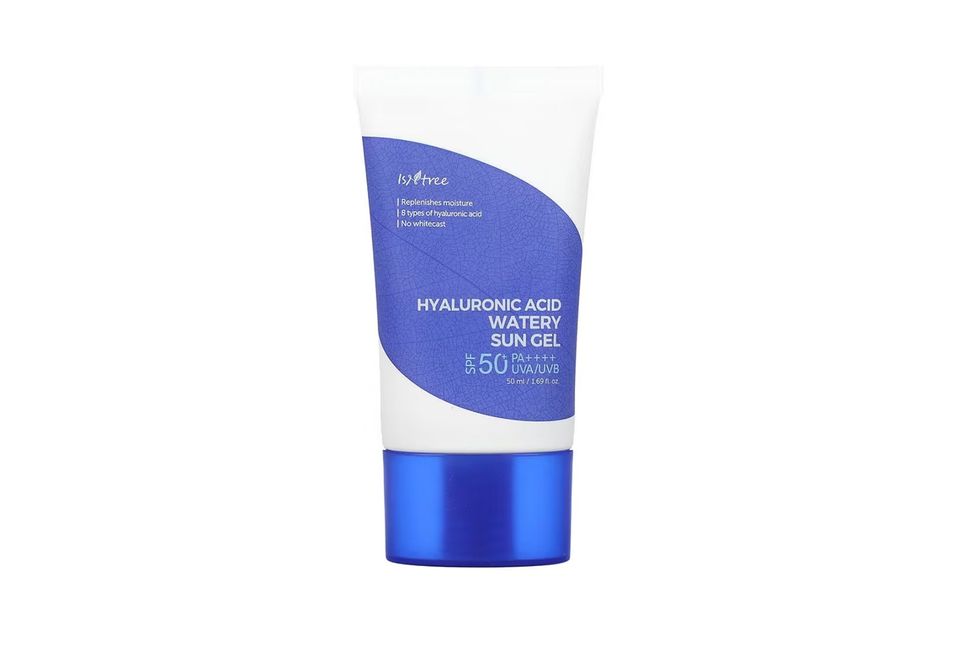
Best Lightweight Sunscreen
Thanks to its light texture and dewy finish, this is one of Dr. Park’s favorite Korean sunscreens. “I love the fact that it’s great for all skin types—there’s no chalky cast or heavy feel,” she says.
Isntree
$21
Missha Safe Block Soft Finish Sun Milk SPF 50+
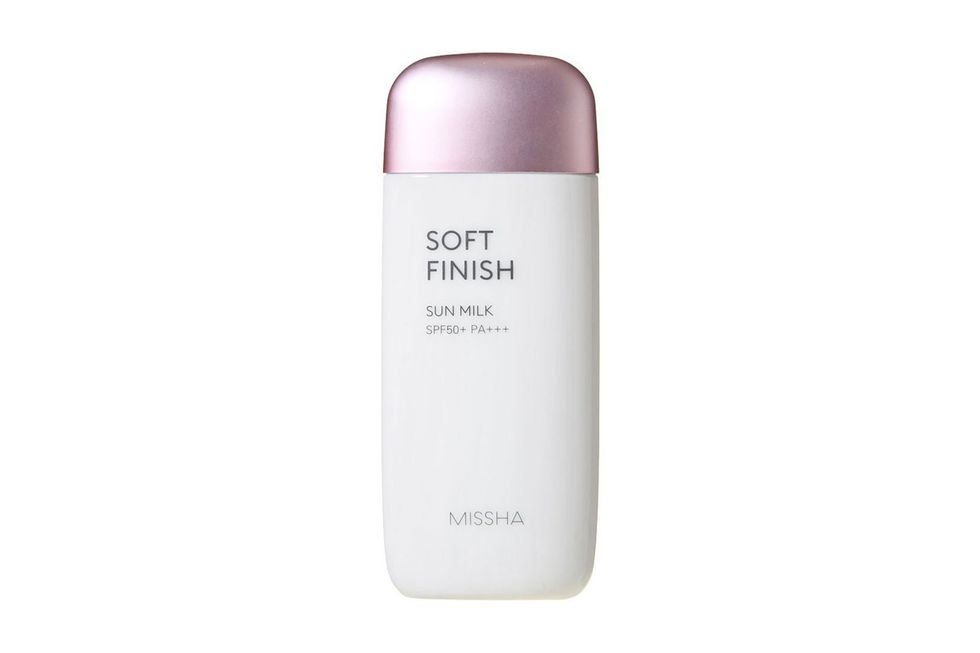
Best Overall Sunscreen:
This Korean sunscreen comes in the form of a lightweight, non-greasy milk formula that’s great for everyday use. Not only will it protect you from UVA and UVB rays but it also features eucalyptus extract, an ingredient that soothes skin and helps regulate sebum production.
Missha
$12
Beauty of Joseon Relief Sun: Rice + Probiotics Facial Sunscreen SPF 50+ PA++
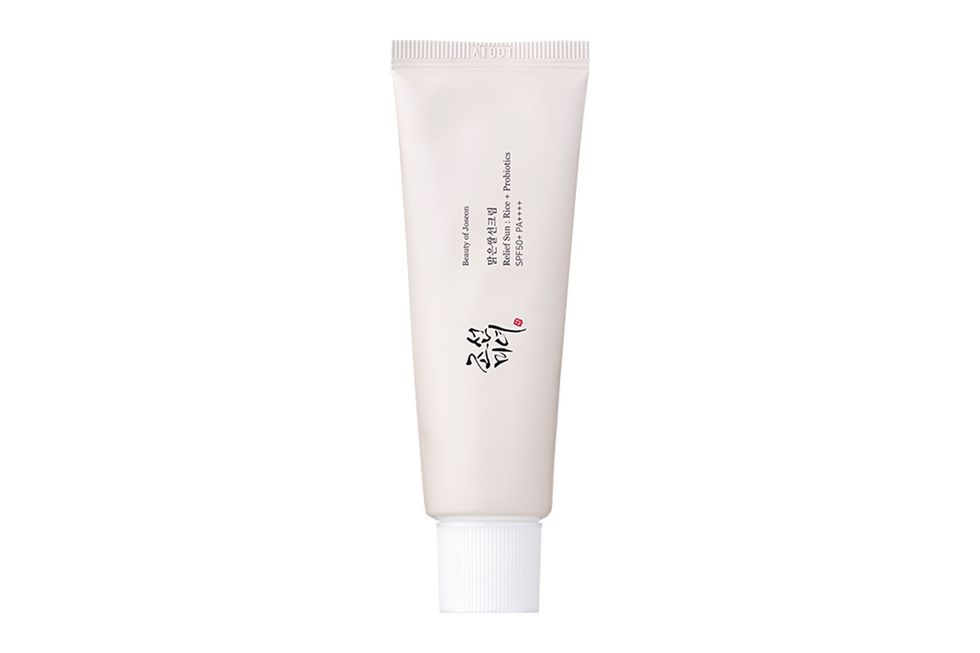
Best Glowy Sunscreen:
Dr. Michelle Wong, science educator, chemistry PhD and cosmetic chemist, based in Sydney, Australia, swears by this sunscreen: “It’s moisturizing and hydrating without being sticky or greasy.” The cream-gel formula also contains rice extracts which are ideal for hydration.
Beauty of Joseon
$14
Tocobo Cotton Soft Sun Stick SPF50+ PA++++
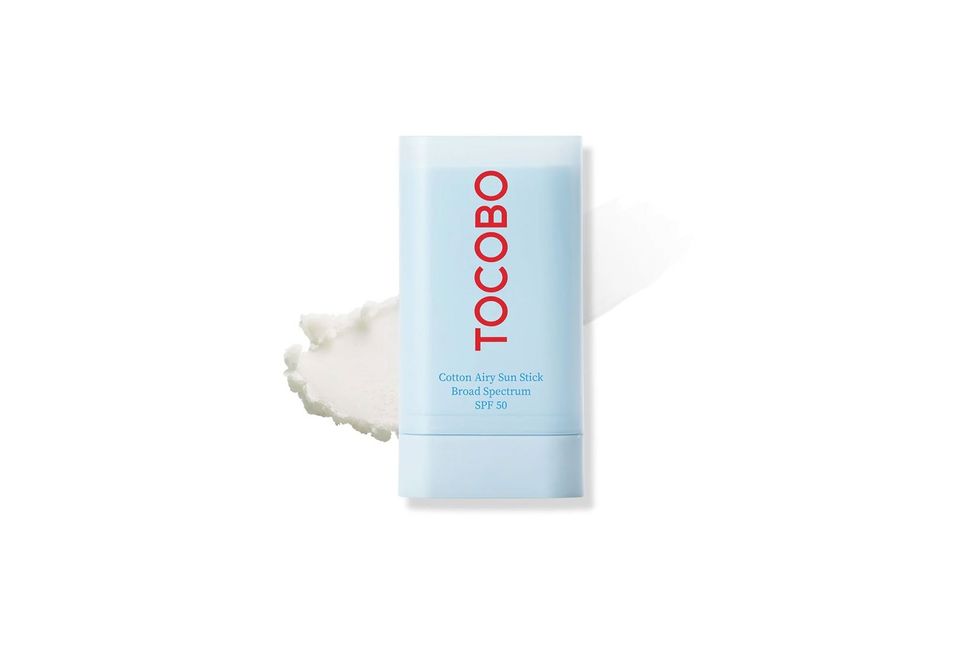
Best Sunscreen Stick:
Sunscreen sticks are great for reapplication throughout the day, and this is one of Dr. Wong’s go-to’s. It glides smoothly over skin without disrupting your makeup too much, and it doesn’t leave behind a white cast.
Tocobo
$20
$16
Skin 1004 - Madagascar Centella Hyalu-Cica Water-Fit Sun Serum SPF 50+ PA++++
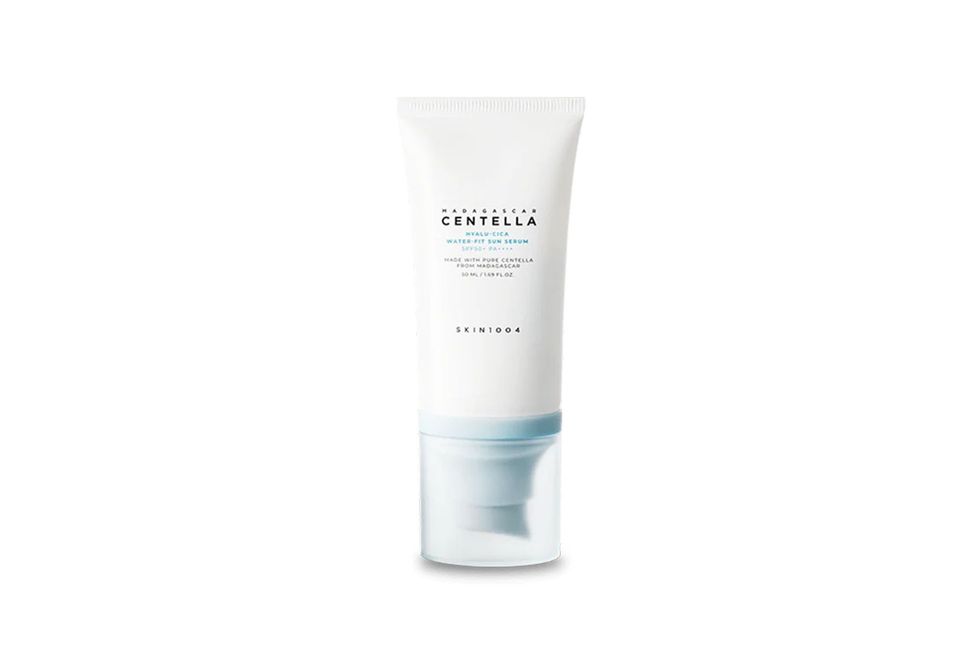
Best Viral Sunscreen:
This soothing, lightweight formula is beloved on TikTok, and we can see why. With an SPF rating of 50+, this well-balanced sunscreen is filled with hyaluronic acid and centella asiatica extract to soothe and hydrate skin without leaving a white cast.
Skin 1004
$26
$19
Dr. Ceracule Hyal Reyouth Moist Sun SPF 50+ PA++++
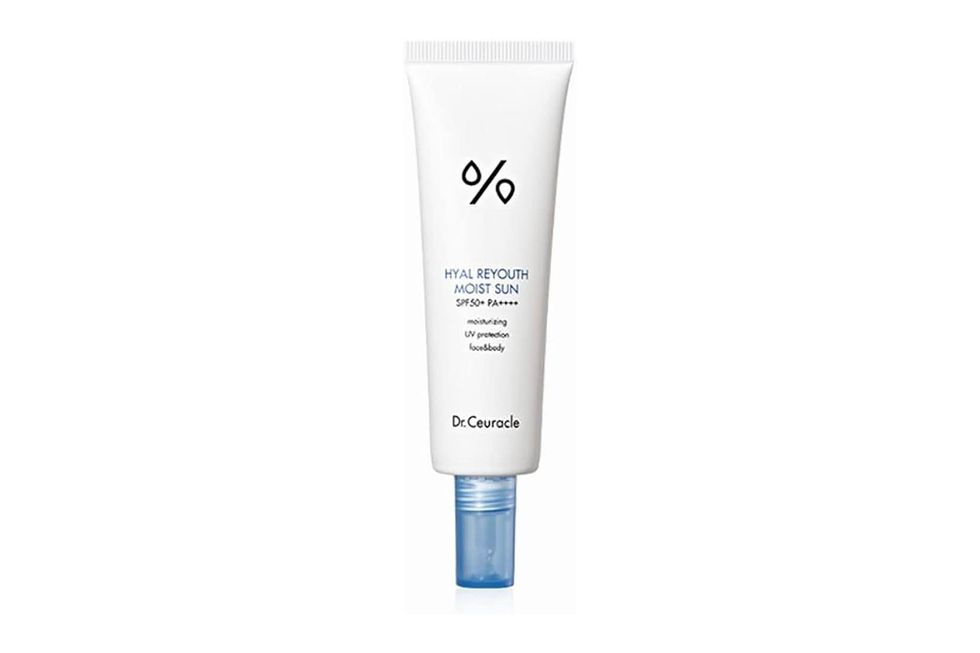
Best Sunscreen For Dry Skin:
This all-rounder sunscreen is one for those with dry, sensitive skin. Packed with panthenol and niacinamide to reinforce the skin’s moisture barrier, leaving skin looking radiant.
Dr.Ceracule
Innisfree Daily UV Defense Invisible Broad Spectrum SPF 36 Sunscreen

Best Sunscreen For Normal Skin:
An everyday sunscreen to suit all skin types, this one leaves no-white-cast and is infused with green tea and sunflower seed oil to offer a fresh, dewy glow.
Innisfree


